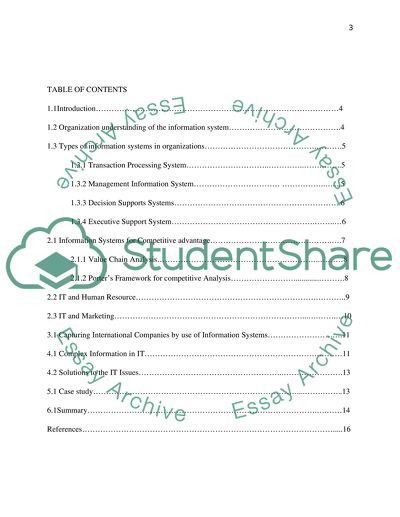Cite this document
(“Evaluation of critical areas of an information system Coursework”, n.d.)
Retrieved from https://studentshare.org/information-technology/1403644-evaluation-of-critical-areas-of-an-information
Retrieved from https://studentshare.org/information-technology/1403644-evaluation-of-critical-areas-of-an-information
(Evaluation of Critical Areas of an Information System Coursework)
https://studentshare.org/information-technology/1403644-evaluation-of-critical-areas-of-an-information.
https://studentshare.org/information-technology/1403644-evaluation-of-critical-areas-of-an-information.
“Evaluation of Critical Areas of an Information System Coursework”, n.d. https://studentshare.org/information-technology/1403644-evaluation-of-critical-areas-of-an-information.


